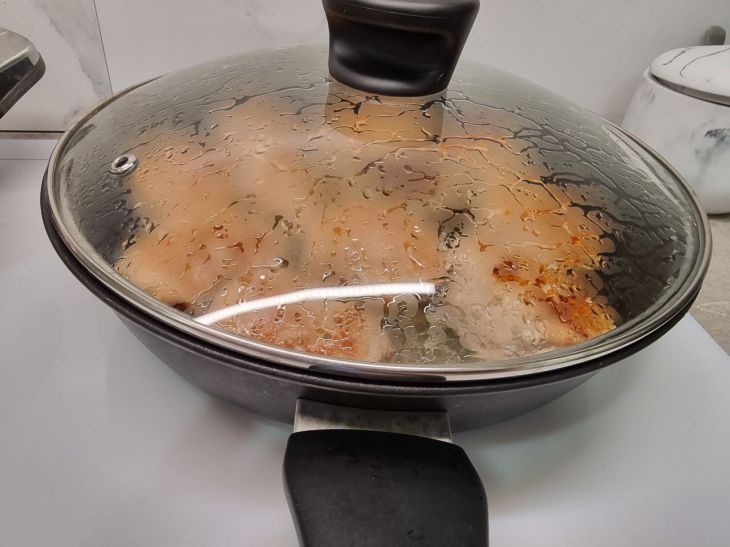Don't Fry This in a Non-Stick Pan: Remember This Once and for All
Many people consider a non-stick frying pan to be universal, because it allows you to cook food without worrying about it sticking.
However, not all products are suitable for frying on such a surface. Therefore, it is worthwhile to understand in more detail what exactly should not be fried in a frying pan with a non-stick coating and why.
What you need to know
Non-stick coating is distinguished by its functionality and ease of maintenance. However, it has a serious feature - when heated strongly, it begins to lose its properties.
For example, if you leave a non-stick frying pan on the fire without food, it will be damaged. This also applies to some products, because the temperature during their preparation is high.
Butter and margarine
Frying in a non-stick pan using butter or margarine can cause problems.

These products begin to burn at relatively low temperatures, which can lead to the formation of unpleasant odors and tastes.
In addition, burnt oil residues can damage the non-stick coating, reducing its service life.
Meat with a thick layer of fat
Meats with a lot of fat, such as bacon or fatty pork, are best cooked in other types of pans.
When frying, fat releases a lot of heat and can reach temperatures higher than those permitted by the non-stick coating.
This leads to its damage and deterioration of non-stick properties.
Tomato sauces
The non-stick coating is not resistant to long-term exposure to acids.
Acidic sauces, such as tomato sauce, can eat away at the coating over time, causing it to wear out prematurely.
In addition, the acid can interact with the non-stick coating, which not only worsens its properties, but can also be unsafe for health.
Marinades based on vinegar
Foods marinated in vinegar or lemon juice should also not be cooked.
Acidic marinades can corrode the coating, reducing its effectiveness and durability.
In addition, high temperatures combined with acid can cause the coating to release harmful substances.
Sugar and caramel
Making caramel or foods with high sugar content is also not recommended.
Sugar melts when heated and reaches very high temperatures, which can damage the coating.
In addition, caramel is difficult to clean off, and sugar residue can leave permanent stains and scratches on the surface.
Previously, we talked about the 5 most common mistakes when washing dishes.
